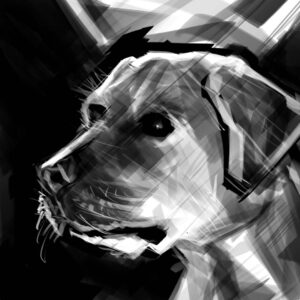Let us know the amazing facts of trumpeter Swan
- COMMON NAME : Swan
- SCIENTIFIC NAME: Cygnus
- TYPE: Mammalia
- DIET: Carnivore
- AVERAGE LIFE SPAN: 12 years
- Length: 1.5 m (59 in)
- weight: 15 kg
- The swans are close relatives with geese and ducks
- Often seen gliding across lakes, the swan has long represented elegance and refinement.
- The swans are the largest members of the waterfowl family Anatidae, and are among the largest flying bird.
- The swan is found on both sides of the Equator across the Northern and Southern Hemispheres. Their calls consist of a loud, deep, sonorous, trumpet-like honking sounds, as well as peeps, hisses and gurgles.
- Their calls consist of a loud, deep, sonorous, trumpet-like honking sounds, as well as peeps, hisses and gurgles.
- Swans usually mate for life, though “divorce” does sometimes occur, particularly following nesting failure, and if a mate dies, the remaining swan will take up with another.
- Swans build their nests on land out of twigs and leaves, and the female swan lays between 3 and 9 eggs. The baby swans hatch out of their eggs after an incubation of just over a month.
- Swans fly in a V-shaped formation when flying in groups.
- They can fly up to 95 km/h (60 mph), although 30 to 50 km/h (19 – 31 mph) is the norm.
- The “divorce rate” is estimated to be about 6%.
- The swan has about 25,000 feathers in its body.
- The phrase refers to an ancient belief that swans sing a beautiful song in the moment just before death, having been silent (or alternatively, not so musical) during most of their lifetime.
- Due to their large size, swans have few natural predators in the wild. The swan’s main predator is the human who hunts the swan for it’s meat and it’s feathers.
- Other predators of the swan include wolves, raccoons and foxes they prey both on the swan itself but also on it’s eggs.





